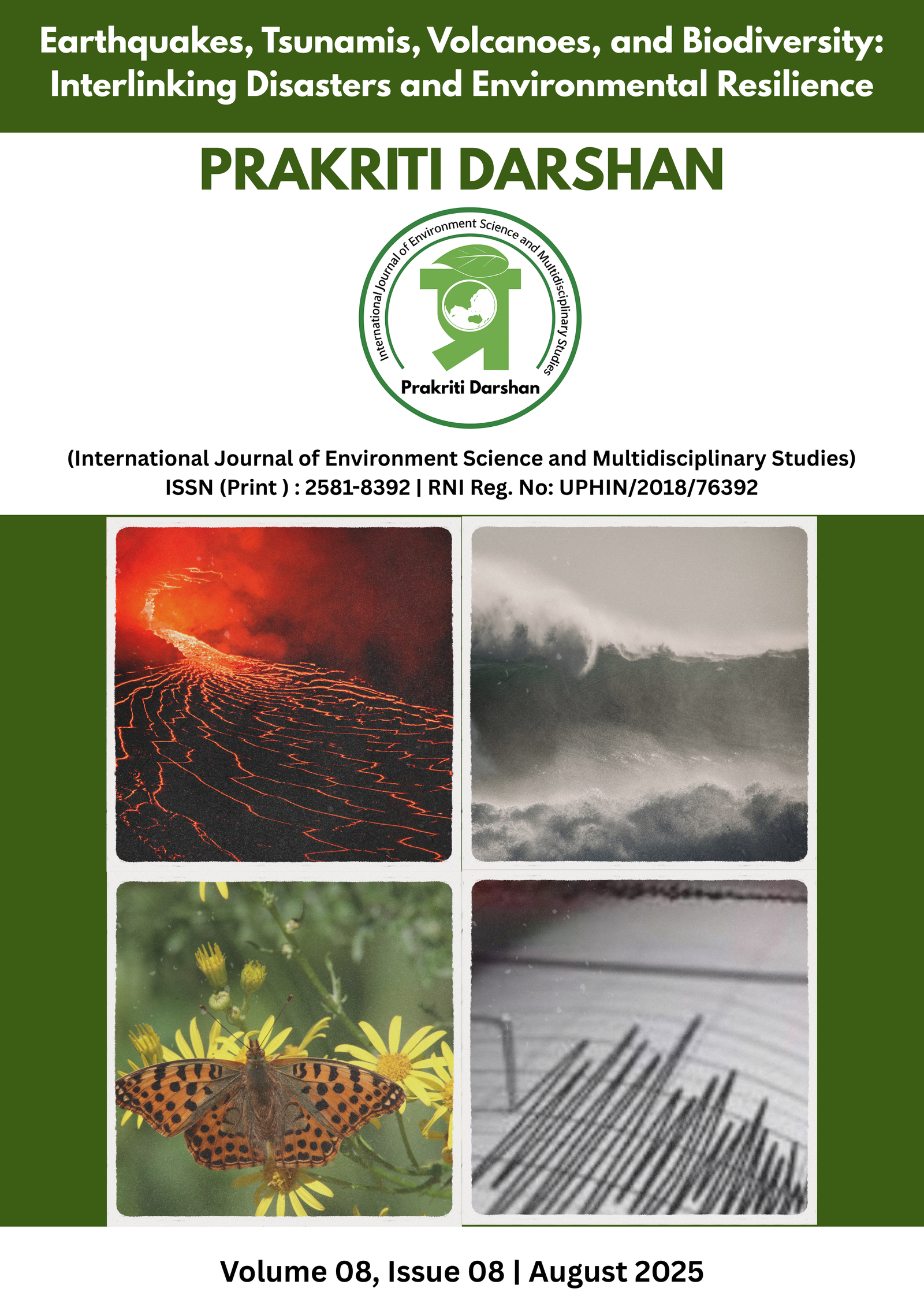Environmental Justice and Environmental Racism in the United States: Disparities in Air Quality, Green Space Access, and Climate Vulnerability Across Racial and Income Divides
Main Article Content
Abstract
Environmental justice examines the fair distribution of environmental benefits and burdens, while environmental racism highlights the disproportionate impact of environmental hazards on marginalized racial and ethnic communities. In the United States, decades of discriminatory policies, industrial zoning, and inequitable infrastructure development have left low-income and minority populations more exposed to pollution, lacking in green spaces, and vulnerable to climate-related disasters. This paper presents a data-driven analysis of environmental inequities, focusing on access to clean air, proximity to hazardous sites, and urban green coverage. Using U.S. Environmental Protection Agency (EPA) and census data, we explore patterns of exposure to particulate matter (PM2.5), heat island intensity, and hazardous waste facility locations across racial and income groups. The findings reveal a persistent and systemic disparity, reinforcing the need for policy reforms, inclusive urban planning, and community-led climate adaptation strategies.


